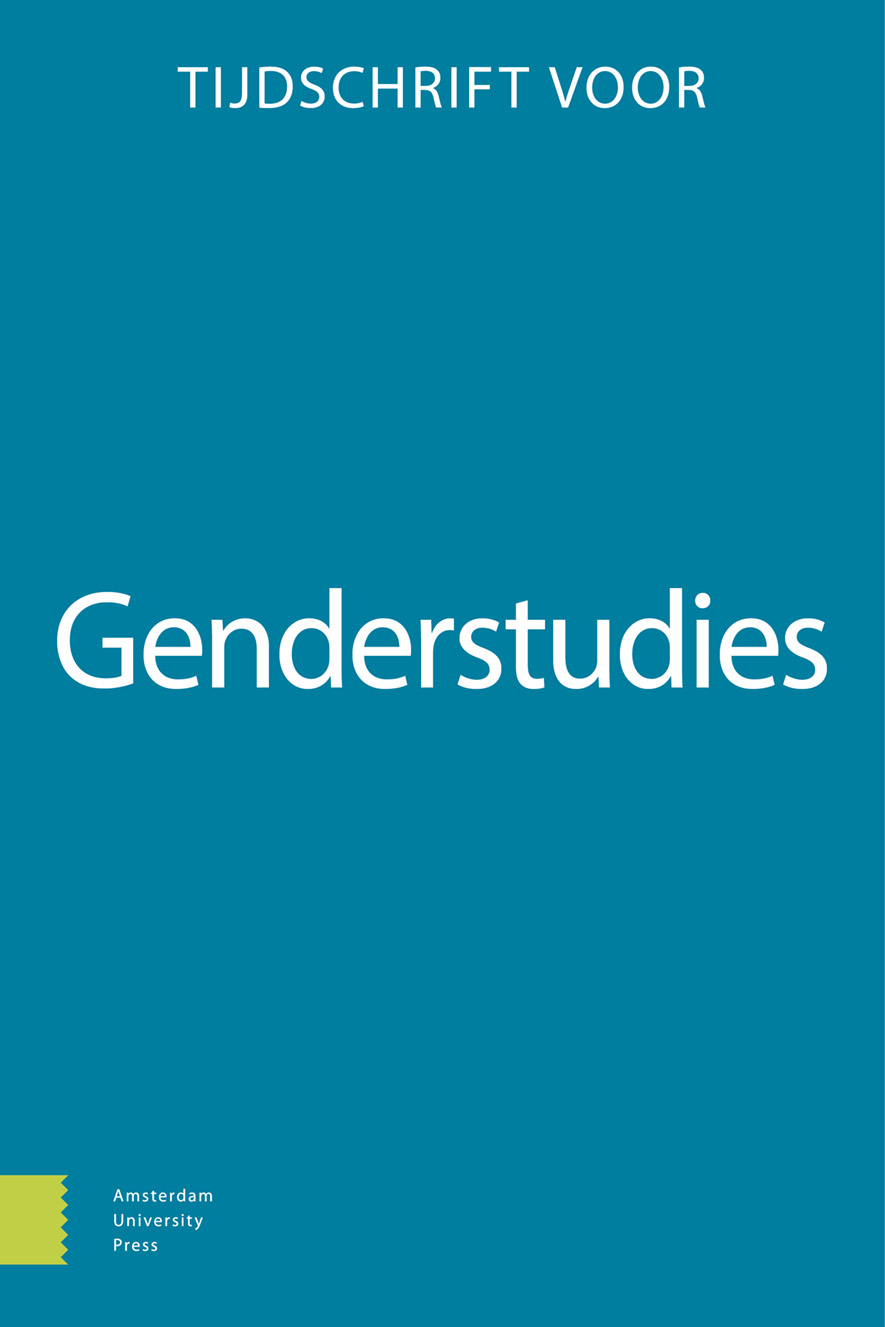-
oa Unveiling Muslim women’s experiences with anti-Muslim racism in the Netherlands
- Amsterdam University Press
- Source: Tijdschrift voor Genderstudies, Volume 26, Issue 3/4, Dec 2023, p. 276 - 292
-
- 01 Dec 2023
Abstract
In contemporary debates on multiculturalism and immigration, gender (equality) remains crucial in drawing lines between the Western European self and non-Western Others. A crucial figure in these debates is the veiled Muslim woman, who is marked to be both the victim of a perceived oppressive patriarchal religion and a cultural threat to Western modernity and its freedoms (with regards to gender and sexuality). Different studies scrutinise how this figure is employed to constitute cultural differences and imagine national selves. This paper explores the impact of such national discourse on the everyday experiences of anti-Muslim racism of fourteen Muslim women in the Netherlands. Drawing on a distinction between structural, disciplinary, hegemonic, and everyday anti-Muslim racism, we demonstrate how veiling and unveiling practices of one’s Muslim identity are crucial in the racism that is experienced. Veiled Muslim women experience more structural (e.g. labour market and educational), hegemonic (stereotypes to (re)imagine national selves) and everyday (e.g. exclusion, discrimination, and violence) anti-Muslim racism. While unveiled Muslim women – in unveiling or veiling their religious identity – are more likely to navigate everyday anti-Muslim racism. Altogether, anti-Muslim racism fundamentally limits the ways in which Muslim women can move, dress, and express themselves in different spaces.


